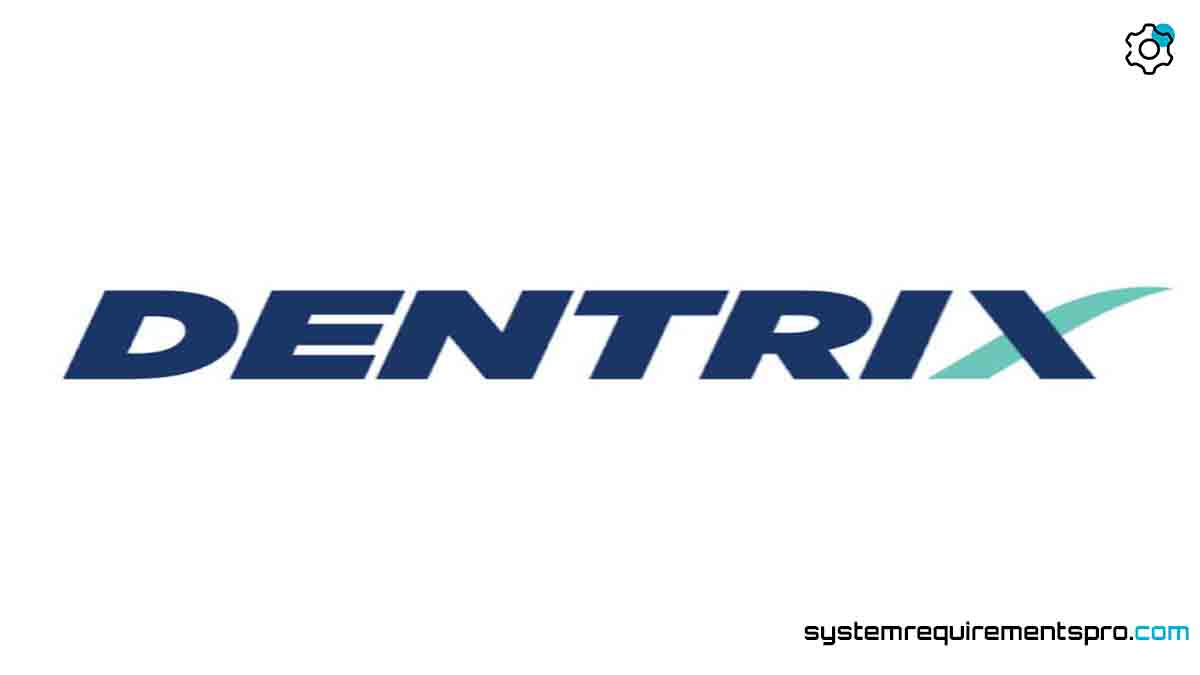Effective running of a dental office calls for dependable technology, not only for clinical knowledge. Many systems centre on Dentrix, a reliable practice management tool that simplifies billing, scheduling, and patient records. Still, its performance depends on one important component: satisfying the Dentrix System Requirements. Ignoring these requirements might cause slow processes, data congestion, or perhaps system failures. Let’s discuss the hardware and software requirements to guarantee seamless operation of your practice.
Dentrix Minimum System Requirements
Make sure the computers in your practice fit the baseline requirements before Dentrix is installed. Although the software can run thanks to these minimum requirements, performance may be constrained during high demand.
Minimum Requirements
- Operating System: Windows 10 (64-bit) or newer. Earlier versions, like Windows 8.1, are no longer supported.
- Processor: Intel Core i3 or AMD equivalent (2.0 GHz or faster).
- Memory (RAM): 8 GB. While this supports basic tasks, multitasking may slow down the system.
- Storage: 500 GB HDD with at least 20 GB free space for installation and updates.
- Display: 1280×1024 resolution or higher.
- Additional Software: .NET Framework 4.8, Microsoft Edge WebView2 Runtime, and a compatible PDF reader.
These specs are designed for light usage by small businesses. To prevent lag, offices handling imaging tools, many users, or massive databases should aim higher.
Dentrix Recommended System Requirements
The recommended specifications offer a seamless experience to fully utilise Dentrix, especially for multi-location practices or those utilising advanced modules like imaging or analytics:
Recommended Requirements
- Operating System: Windows 11 (64-bit) for enhanced security and compatibility.
- Processor: Intel Core i5/i7 or AMD Ryzen 5/7 (3.0 GHz or faster).
- Memory (RAM): 16 GB or higher for smooth multitasking.
- Storage: 1 TB SSD. Solid-state drives drastically improve data retrieval speeds.
- Display: 1920×1080 (Full HD) or higher for crisp visuals.
- Network: Gigabit Ethernet or strong Wi-Fi 6 connectivity for shared databases.
Investing in these features lowers downtime, speeds backups, and helps your practice expand as it grows.
Dentrix System Requirements PC: Minimum vs. Recommended
Depending on the size and complexity of your practice’s workflow, you can choose between minimum and recommended specs. The following is a brief comparison:
| Category | Minimum Requirements | Recommended Requirements |
|---|---|---|
| OS Requirements | Windows 10 (64-bit) | Windows 11 (64-bit) |
| Processor Requirements | Intel Core i3/AMD equivalent | Intel Core i5/i7 or AMD Ryzen 5/7 |
| RAM Requirements | 8 GB | 16 GB or higher |
| Storage Requirements | 500 GB HDD | 1 TB SSD |
| Display Requirements | 1280×1024 | 1920×1080 (Full HD) |
Teams benefit from recommended hardware, even though the minimum specs are sufficient for solo practitioners. An SSD can cut report generating time by half, for example, while extra RAM stops slowdowns during busy times.
Optimization Tips for the Dentrix Software
Even with great hardware, these practices will help Dentrix run smoothly:
- Updates: Install the latest Dentrix patches and Windows updates to fix bugs and security.
- Database Maintenance: Use the Dentrix Database Maintenance Tool weekly to clear out cached data.
- Background Apps: Close non-essential programs (e.g., browsers, email clients) to free up RAM.
- Cloud Backups: Store backups off-site via cloud services to not have to store them locally.
- Staff Training: Train your team on efficient workflows, like shortcut keys, to reduce repetitive tasks.
For networked environments, make sure your servers meet higher standards, especially for CPU and storage to handle concurrent users.
Conclusion
Navigating Dentrix System Requirements is about enabling your practice to deliver quality treatment free from digital hiccups, not only about technical compliance. You invest in productivity, scalability, and patient satisfaction by lining up your hardware with recommended standards. Prioritising these requirements ensures Dentrix performs as hard as your team does, whether you’re updating current systems or starting a new practice.
Frequently Asked Questions
Does Dentrix run on a Mac?
No, Dentrix is a Windows-only application. But Mac users can run it via Boot Camp or Parallels.
How often should I upgrade my hardware?
Every 3-5 years, especially if you’re adding new Dentrix modules or expanding your team.
Are server requirements different?
Yes. Server setups need enterprise-grade CPUs, 32+ GB RAM, and RAID storage for multi-user environments.
Does Dentrix offer cloud solutions?
Yes, Dentrix Ascend is a cloud-hosted option with lower on-premise hardware requirements.
What if my system doesn’t meet the requirements?
The software will run slowly, crash often, or have compatibility issues during updates.
We hope that you have found the answer to the system requirements for Dentrix. Follow System Requirements Pro for more such updates, and bookmark this page to get the latest updates on the system requirements for Dentrix.

